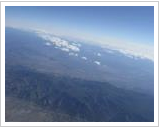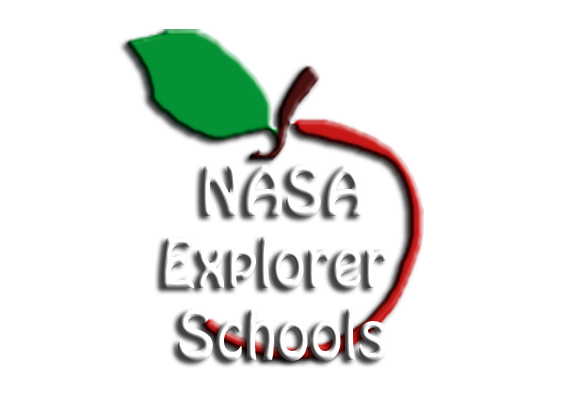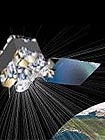
Professional Development Web Seminar: Graphing with MathTrax
June 26, 2012 at 8 p.m. EDTLearn how to use a computer graphing tool to engage your students as they graph equations and data sets or experiment with physics simulations. Help students explore the relationship between math equations and their application in the real world with roller coaster and rocket launch simulators.For more information and to register online, visit

Professional Development Web Seminar: Human Body: Space AdaptationsJune 29, 2012 at 2 p.m. EDTSpace is a harsh environment. When an astronaut goes into space, his or her body immediately begins to change, causing the astronaut to feel and even look slightly different. During this seminar, you will get information about the effects of microgravity on astronauts. You also will be guided through three student activities, which provide a first-hand look at the effects of reduced gravity on bones, the fluid shifts in the body and the amount of oxygen needed to survive.
For more information and to register online, visit
http://learningcenter.nsta.org/products/symposia_seminars/NES2/webseminar27.aspx.

 The NASA Explorer School project was honored with an Emmy Award from the Lower Great Lakes Chapter of the National Association of Television Arts and Sciences on June 2, 2012. NASA Now, a weekly 5-7 minute video program is a classroom resource for teachers to show grades K-12 students what a scientist, engineer, or technician looks like, sounds like, and what kinds of work they do at NASA. Each week, students see real people putting science, technology, engineering and mathematics to work in the unique context of NASA careers, missions, research and facilities.
The NASA Explorer School project was honored with an Emmy Award from the Lower Great Lakes Chapter of the National Association of Television Arts and Sciences on June 2, 2012. NASA Now, a weekly 5-7 minute video program is a classroom resource for teachers to show grades K-12 students what a scientist, engineer, or technician looks like, sounds like, and what kinds of work they do at NASA. Each week, students see real people putting science, technology, engineering and mathematics to work in the unique context of NASA careers, missions, research and facilities. NES educator Kaci Pilcher Heins has a great way to get students involved with STEM — high-altitude ballooning! She says, “Usually each state has a ballooning organization and is very willing to get students involved. We are heading to Embry Riddle Aeronautical University in Prescott tomorrow (April 12, 2012) to launch our payload of temperature sensor, pressure sensor, camera, and sensitive film to try and capture gamma rays on board a high-altitude balloon. This is also a great opportunity for my sixth-graders to talk with university students as we tour the campus.” Pilcher Heins reports that they are also using amateur radio with the repeater on the balloon.
NES educator Kaci Pilcher Heins has a great way to get students involved with STEM — high-altitude ballooning! She says, “Usually each state has a ballooning organization and is very willing to get students involved. We are heading to Embry Riddle Aeronautical University in Prescott tomorrow (April 12, 2012) to launch our payload of temperature sensor, pressure sensor, camera, and sensitive film to try and capture gamma rays on board a high-altitude balloon. This is also a great opportunity for my sixth-graders to talk with university students as we tour the campus.” Pilcher Heins reports that they are also using amateur radio with the repeater on the balloon.

 NASA Explorer Schools educator Kaci Pilcher Heins from Northland Preparatory Academy used the NES featured lesson Satellite Meteorology to introduce weather and climate to her sixth-grade students. Even though the lesson is written for upper grades, she modified the lesson using her own extensions.
NASA Explorer Schools educator Kaci Pilcher Heins from Northland Preparatory Academy used the NES featured lesson Satellite Meteorology to introduce weather and climate to her sixth-grade students. Even though the lesson is written for upper grades, she modified the lesson using her own extensions.